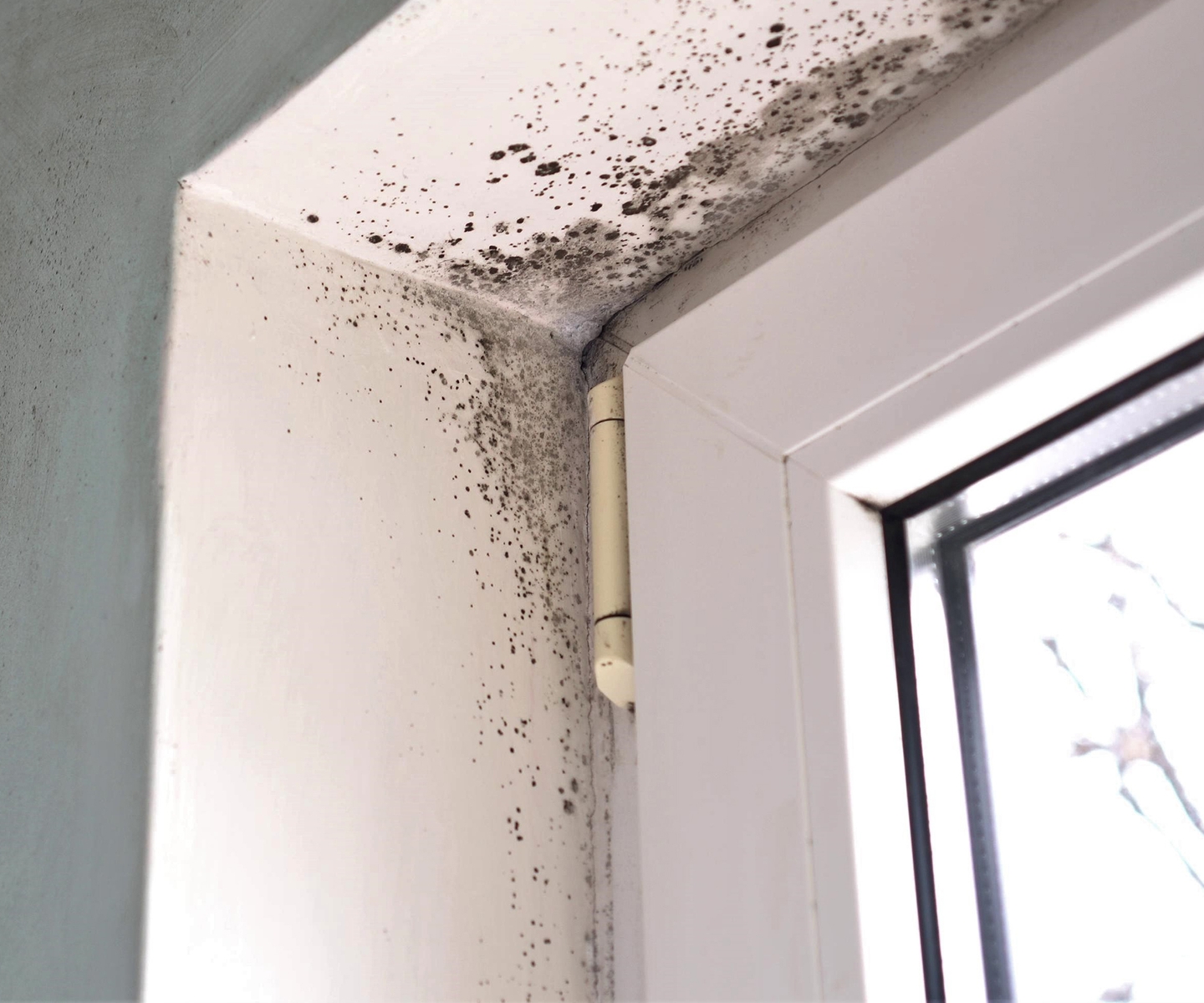Your Ultimate Overview to Message Mold And Mildew Removal Methods
In the after-effects of mold infestation, recognizing just how to efficiently eradicate the mold and stop its reoccurrence is paramount for keeping a healthy interior atmosphere. From choosing the best cleansing and sanitizing methods to applying strategies for long-term mold and mildew avoidance, each step in the remediation journey plays a crucial function in ensuring a successful end result.
Comprehending Post-Mold Removal Process
After finishing the mold remediation process, it is important to understand the post-mold remediation techniques that are required to make certain a effective and thorough cleaning. Once the mold has been removed, the next step entails cleaning and decontaminating the influenced areas to avoid any type of regrowth of mold. This consists of making use of specialized cleansing agents to wipe down surfaces and kill any kind of continuing to be mold spores. It is necessary to dry out the area totally to discourage the development of mold in the future (Post Remediation verification). Proper air flow and dehumidification can help in this procedure.
Furthermore, conducting a final assessment post-remediation is important to ensure that all mold and mildew has been effectively eradicated. This evaluation ought to entail a detailed visual check in addition to potentially air sampling to validate the absence of mold and mildew spores airborne. Added remediation might be necessary if the inspection reveals any lingering mold and mildew. Lastly, enlightening passengers on safety nets such as controlling moisture degrees and without delay addressing any type of water leaks can assist maintain a mold-free setting.
Efficient Cleaning Up and Disinfecting Approaches

Stopping Future Mold Development

Importance of Appropriate Ventilation
Appropriate air flow plays a vital function in avoiding dampness build-up, an essential element in mold development within interior atmospheres. Efficient ventilation systems aid eliminate excess humidity from the air, minimizing the possibilities of mold spores locating the moisture they need to sprout and spread out. Without sufficient ventilation, interior spaces can end up being a reproduction ground for mold, leading to potential important site health risks and structural damages.
By making certain appropriate air blood circulation, ventilation systems can also help in drying damp areas faster after water damage or flooding events, better preventing mold and mildew development. testing air quality after mold remediation. In spaces like bathrooms, attics, kitchens, and basements where dampness degrees have a tendency to be higher, setting up and keeping efficient air flow systems is important in preventing mold and mildew invasions

Tracking and Upkeep Tips
Offered the essential duty that correct air flow plays in stopping mold and mildew development, it is essential to establish reliable monitoring and upkeep pointers to make certain the ongoing performance of air flow systems. Regular evaluations of ventilation systems need to be carried out to look for any kind of signs of blockages, leaks, or breakdowns that could hamper appropriate airflow. Tracking moisture degrees within the property is additionally crucial, as high moisture can add to mold and mildew development. Installing a hygrometer can help track humidity degrees and sharp homeowners to any type of spikes that may need focus. In addition, guaranteeing that air filters are on a regular basis cleaned up or replaced is vital for preserving the performance of the air flow system. Carrying out a routine for routine upkeep jobs, such as air duct cleaning and cooling and heating system evaluations, can help prevent problems before they escalate. By remaining attentive and aggressive to the condition of air flow systems, residential or commercial property owners can efficiently reduce the threat of mold and mildew regrowth and keep a check that healthy and balanced indoor atmosphere.
Conclusion
In verdict, post-mold removal strategies are crucial for making certain a clean and risk-free environment. Comprehending the process, implementing effective cleansing and decontaminating techniques, preventing future mold development, maintaining appropriate air flow, and routine tracking are all critical action in the removal procedure. By complying with these standards, you can efficiently eliminate mold and prevent its return, advertising a healthy living or working space for all owners.
In the aftermath of mold and mildew invasion, recognizing just how to efficiently eliminate the mold and prevent its reoccurrence is paramount for preserving a healthy and balanced interior environment. As soon as the mold has been removed, the next action includes cleansing and decontaminating the affected areas to protect against any Bonuses type of regrowth of mold and mildew - Post Mold remediation cleaning. After getting rid of noticeable mold and mildew development, it is critical to clean all surface areas in the affected location to remove any continuing to be mold spores. To better enhance mold and mildew avoidance procedures, it is crucial to address underlying issues that initially led to mold and mildew advancement.Offered the critical duty that proper ventilation plays in preventing mold growth, it is crucial to develop reliable surveillance and upkeep tips to guarantee the ongoing performance of air flow systems
Comments on “Comprehensive Post Mold Remediation Procedures”